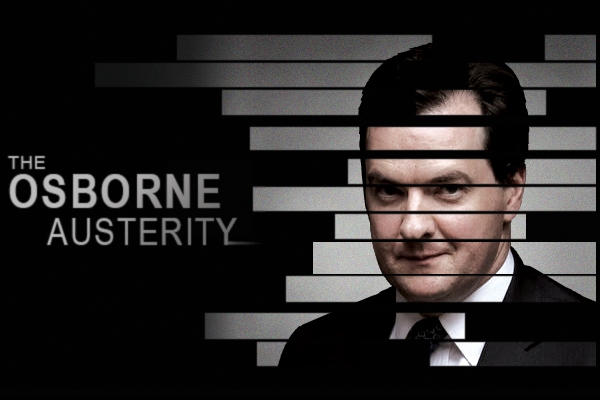There was a moment in the last Budget statement where George Osborne revealed that the deficit was – just – lower in the year to April 2012 than the previous 12 months. He made it by a whisker. Today, the statisticians have revised their opinion and said borrowing for that financial year was is up slightly – by £300m to £118.8bn. It’s a tiny change, well within a rounding error. And, of course, could easily change again. The extra borrowing was £12.7bn in May, down from £15.6bn last May. Factor in the £3.6bn transferred from the Quantitative Easing programme, and the deficit can be knocked down to £8.8bn. It all depends on how you cut the figures.
If this is ‘bad news for Osborne’ it may only be valid for a few months, as more revisions are due and they may well decide that deficit fell after all. Stepping back, what we do know is that we’re midway through a two-year suspension in deficit reduction, as the below graph shows: 
And that the national debt is still rising fairly fast, as the below graph shows:

The UK government is still increasing debt by £118.8bn a year, which shows how much more still needs to be done – far beyond the remit of next week’s 2015/16 spending review, before the state becomes affordable again. The official projections now run to 2016/17 and even these do no envisage the books being balanced. It is this cold hard fact that austerity is by no means over, along with those scary graphs from the IFS, that will keep politicians awake at night.







Comments